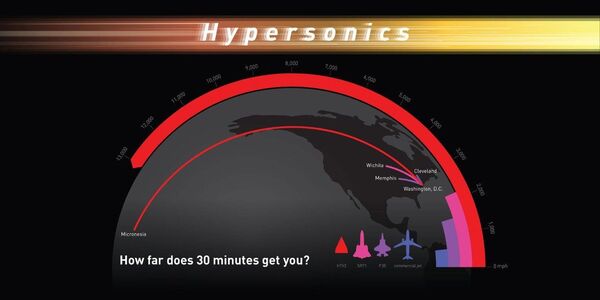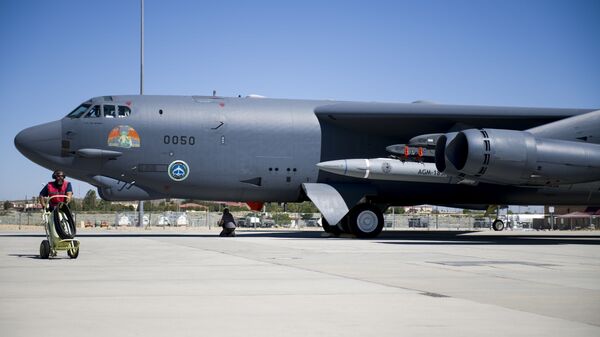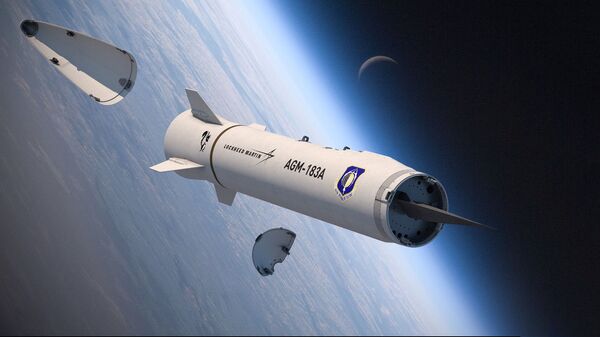During an October 1 interview with Air Force Magazine, Maj. Gen. Andrew Gebara, Air Force Global Strike Command’s director of strategic plans, programs and requirements, gave the outlet the first public information about the speed of the Pentagon’s first hypersonic weapon.
“This thing is going to be able to go, in 10-12 minutes, almost 1,000 miles,” Gebara said. “It’s amazing.” That translates to between 5,000 and 6,000 miles per hour, or between 6.5 and 7.5 times the speed of sound. A device is defined as hypersonic if its speed exceeds Mach 5.
While captive-carry tests with the ARRW have been going on since June 2019, the first live-fire launch of the weapon isn’t scheduled until October 2021, according to The Drive.
Air Force Global Strike Command Commander Gen. Timothy M. Ray further told the outlet the ARRW, which would be the Pentagon’s first operational hypersonic weapon, would achieve initial operational capability within “the next couple of years.” The weapon will uniquely be carried by the B-52 Stratofortress strategic bomber, which has received a host of new upgrades allowing it to fire the long-range missile.

Still, the ARRW’s speed is a far cry from that achieved by either of Russia’s two operational hypersonic weapons: the Kinzhal missile, a direct comparison to the ARRW, has a stated speed of Mach 10 (7,600 miles per hour), and the Avangard hypersonic glide body, a slightly different kind of system, can reportedly achieve the astonishing speed of Mach 20 (15,300 miles per hour). A third weapon, the Zircon hypersonic anti-ship missile, was tested last week and achieved a speed of Mach 8.
Sergei Surovikin, commander of the Russian Aerospace Forces, has claimed the new S-500 air defense system can intercept hypersonic weapons, but with a reported upper range of 370 miles, an ARRW traveling at Mach 7 could close the gap with the launch system in just four minutes, meaning the S-500 would have to act fast and shoot faster.
Gebara also mentioned a smaller weapon he called “Mayhem,” noting it would be based on the Hypersonic Air-breathing Weapon Concept (HAWC) the Air Force is developing in conjunction with the Defense Advanced Research Projects Agency (DARPA).

DARPA announced a successful captive-carry test of two versions of the HAWC in September, which it noted will provide the US with “an effective and affordable air-launched hypersonic cruise missile.” Gebara said the weapon will be carried by either fighter aircraft or bombers.
While the Air Force says it has no interest in placing nuclear warheads on top of hypersonic weapons, the service’s new nuclear-tipped cruise missile, the AGM-181 Long-Range Stand-off (LRSO) missile, is expected to be operational by the late 2020s, Gebara said. Little is known about the highly classified weapon, except that, like with the ARRW, the huge B-52 bomber will be the sole carrier of the LRSO into combat.

